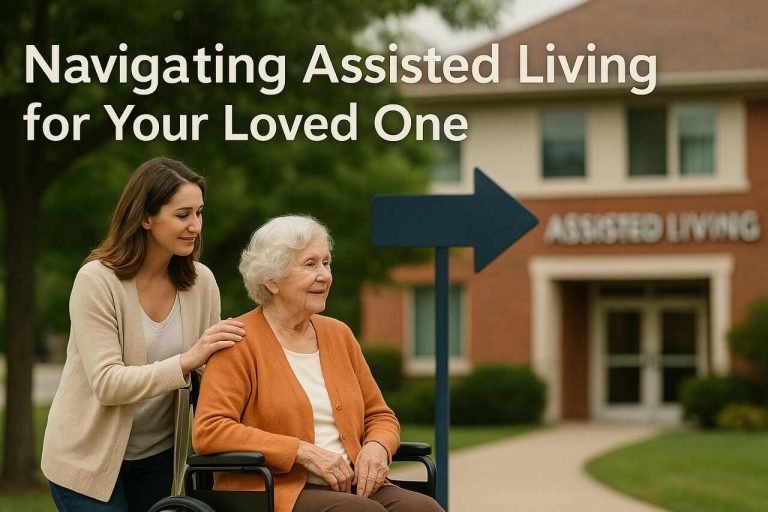When you notice the signs your loved one needs help, it’s always a good thing to know you don’t have to face the decision about assisted living alone. Bringing in other family members can make the process easier, more thorough, and ensure your loved one gets the care they need while keeping their independence and dignity intact.
Getting Everyone on Board
Start by gathering everyone who cares about your loved one—siblings, adult children, grandchildren, even nieces or nephews who are close to them. Sit down for an open, honest talk about assisted living services for seniors and what your loved one needs, any safety worries, and what they want for their future.
Encourage everyone to share what they’ve noticed. Maybe your sister has seen Mom forget her meds, or your nephew, who stops by often, has noticed her struggling to keep up with the house. Each perspective helps you see the full picture.
Splitting Up the Research
Once you all agree that assisted living could be the right move, split up the research to save time and cover more ground. It’s way easier than one person doing it all.
You could assign tasks like:
- Visiting facilities in different areas
Comparing costs and insurance options
Checking out amenities or special care programs
Reading online reviews or talking to families of current residents
Your tech-savvy grandkid might whip up a spreadsheet of options, while your sibling who lives nearby can swing by facilities to get a real feel for them.
Figuring Out the Money Side
Talking about money can feel awkward, but it’s crucial. With everyone pitching in, you can piece together the financial puzzle and find smart solutions.
One person could look into your loved one’s savings, insurance, or programs they might qualify for. Another could dig into what different facilities charge for various care levels. If you’ve got a grandkid studying finance, they might have some clever budgeting ideas.
Being There Emotionally
Having family involved creates a solid support network for your loved one during this big change. Everyone brings something unique to the table.
Maybe your aunt is the best at listening when your loved one needs to vent their worries. Your cousin might get them excited about the new community’s perks. And you? You might be the one making sure the move goes smoothly.
Staying Involved After the Move
The family’s role doesn’t stop once your loved one settles in. Sharing responsibilities keeps everyone connected and ensures their care stays top-notch.
You could set up a visiting schedule so your loved one sees different faces regularly. This also means more people are keeping an eye on how they’re doing. One person might go to care plan meetings, while others focus on fun visits or helping with specific needs.
Making Choices Together
When big decisions come up—like changing care levels or even facilities—having everyone’s input leads to better choices. Each generation sees things differently.
Your adult kids might focus on safety and medical care. Grandkids might care more about social activities or Wi-Fi access. These different angles help you cover all the bases for your loved one’s happiness and wellbeing. The point isn’t to decide everything as a group, but to share the load—both the practical stuff and the emotional weight—of caring for someone you all love.

